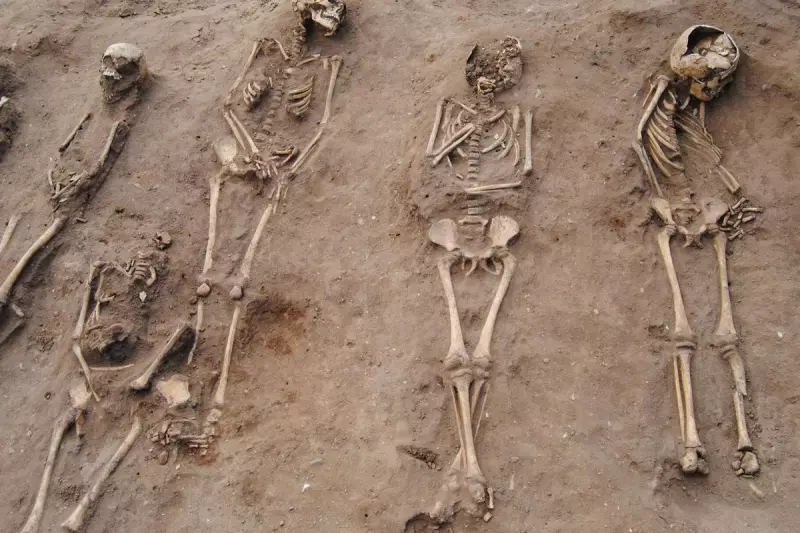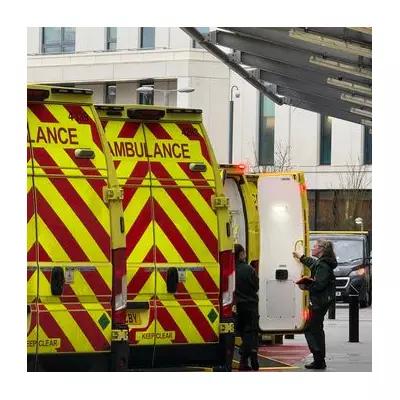
Archaeologists have uncovered a chilling medieval mass grave in Lincolnshire, believed to contain victims of the Black Death. The discovery offers fresh insights into one of history's deadliest pandemics.
A Grim Discovery
The skeletal remains were found during excavations in rural Lincolnshire, with preliminary analysis suggesting they date back to the mid-14th century. This places the burials squarely during the peak of the bubonic plague's devastation across Europe.
What the Bones Reveal
Forensic examination of the skeletons shows telltale signs of the plague, including:
- Evidence of rapid burial in a mass grave
- Lack of traditional Christian burial rites
- Demographic patterns matching plague mortality
The site appears to have been an emergency burial ground created when local churchyards became overwhelmed by the sheer number of victims.
Scientific Significance
This discovery is particularly valuable to researchers because:
- It represents a rural population, unlike most previously studied urban plague burials
- The soil conditions have preserved the bones exceptionally well
- It provides new data about how the plague affected smaller communities
Archaeologists hope DNA analysis of the remains may reveal more about how the plague bacterium evolved and spread through medieval England.
Lincolnshire's Dark History
Historical records suggest Lincolnshire was hit particularly hard by the Black Death, with some villages losing up to 80% of their population. This new find provides physical evidence to support those accounts.
The excavation team plans to conduct further research at the site, which may yield more information about medieval life - and death - during this catastrophic period.





